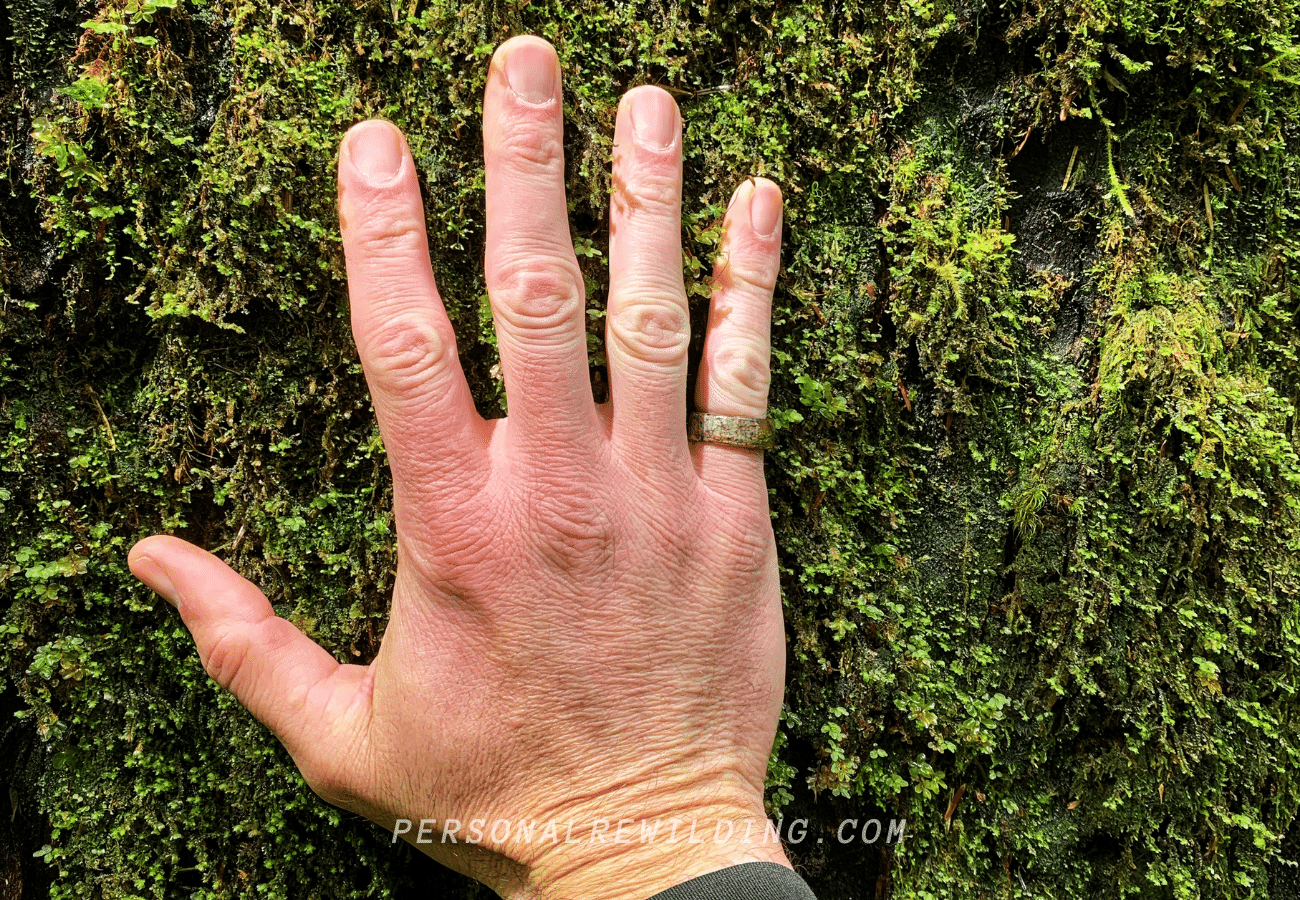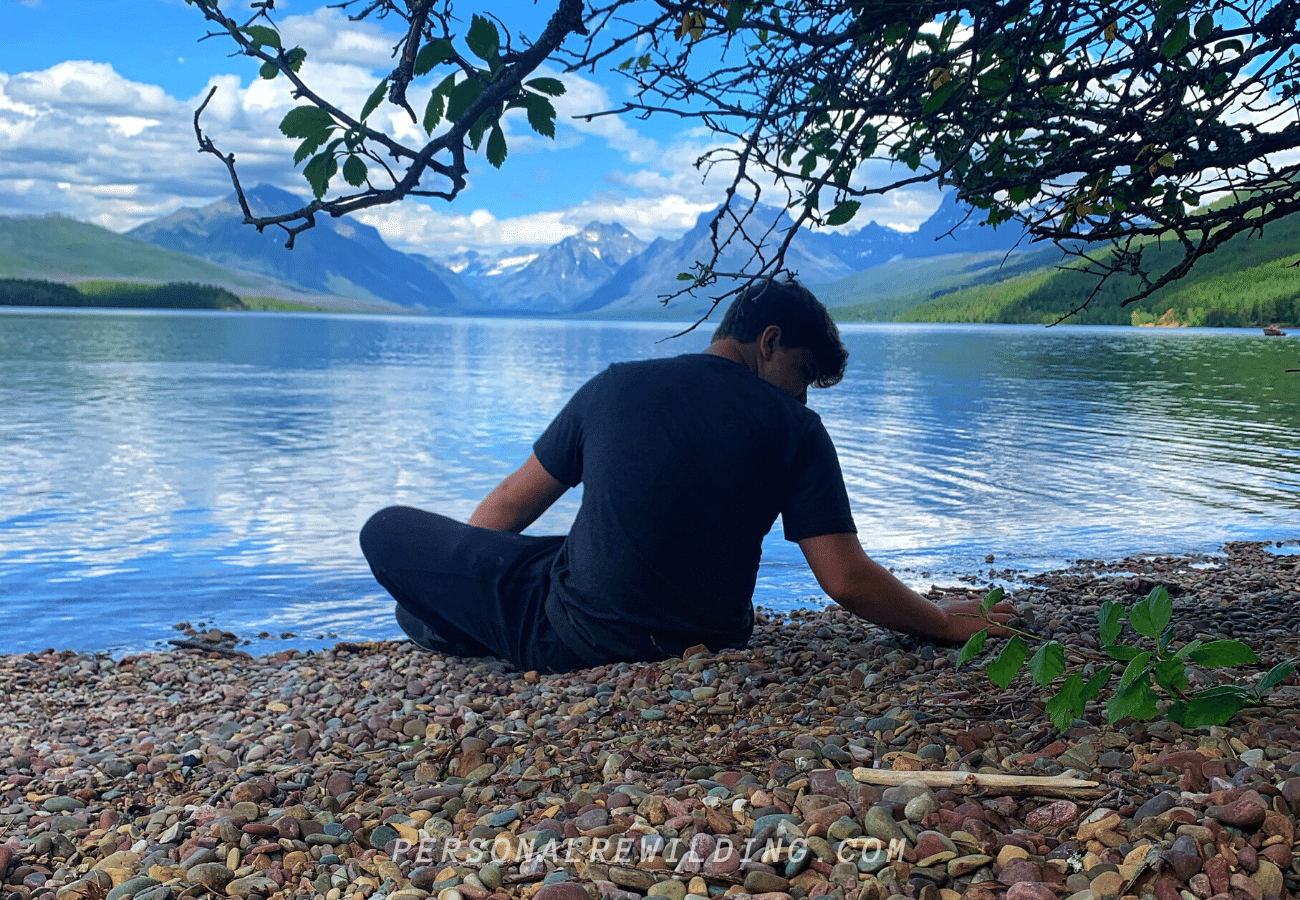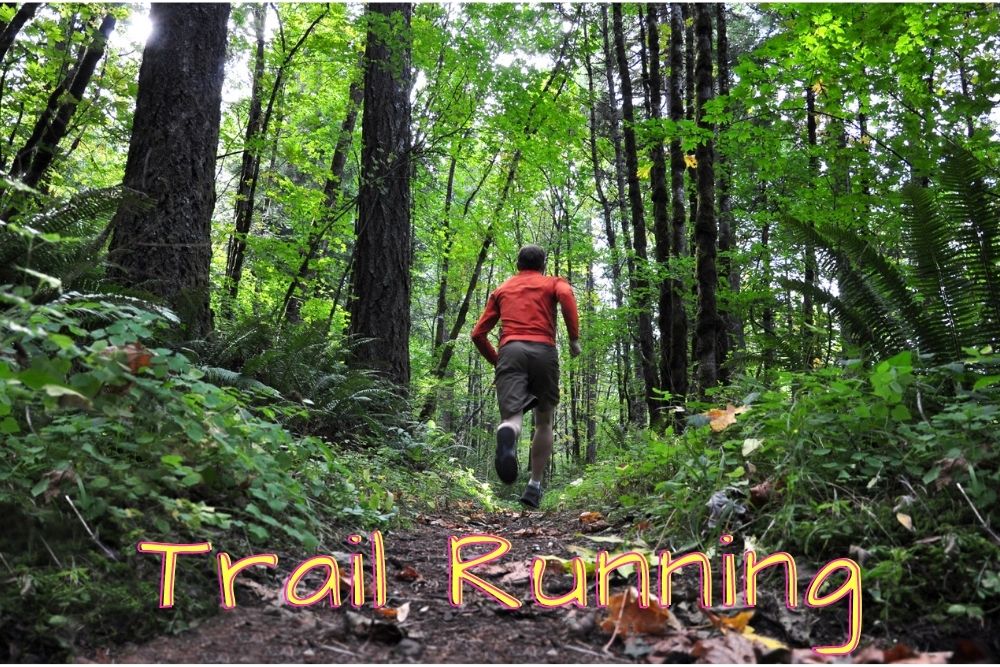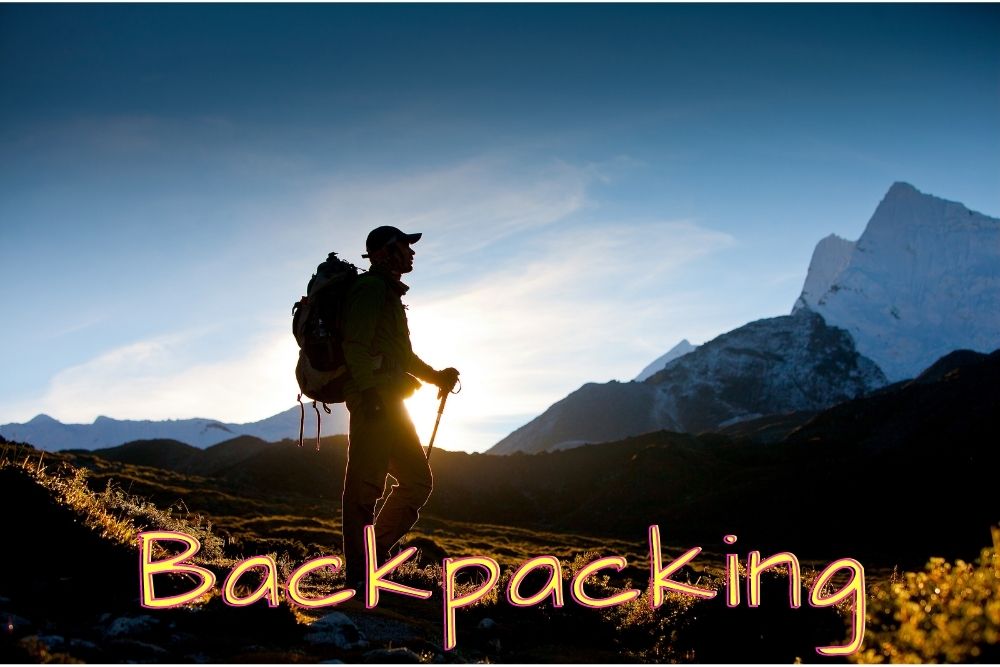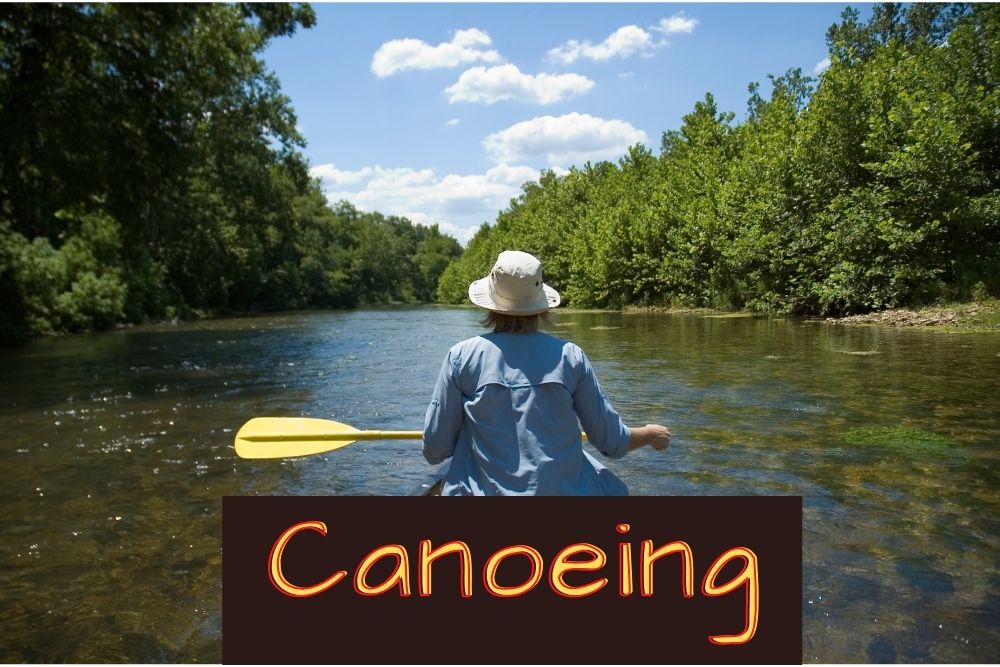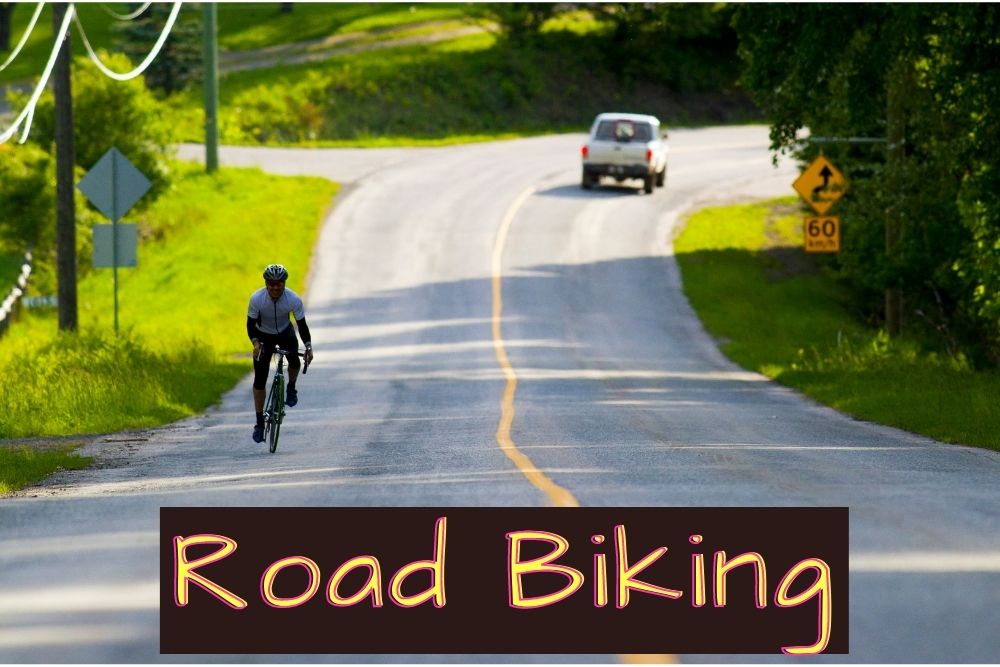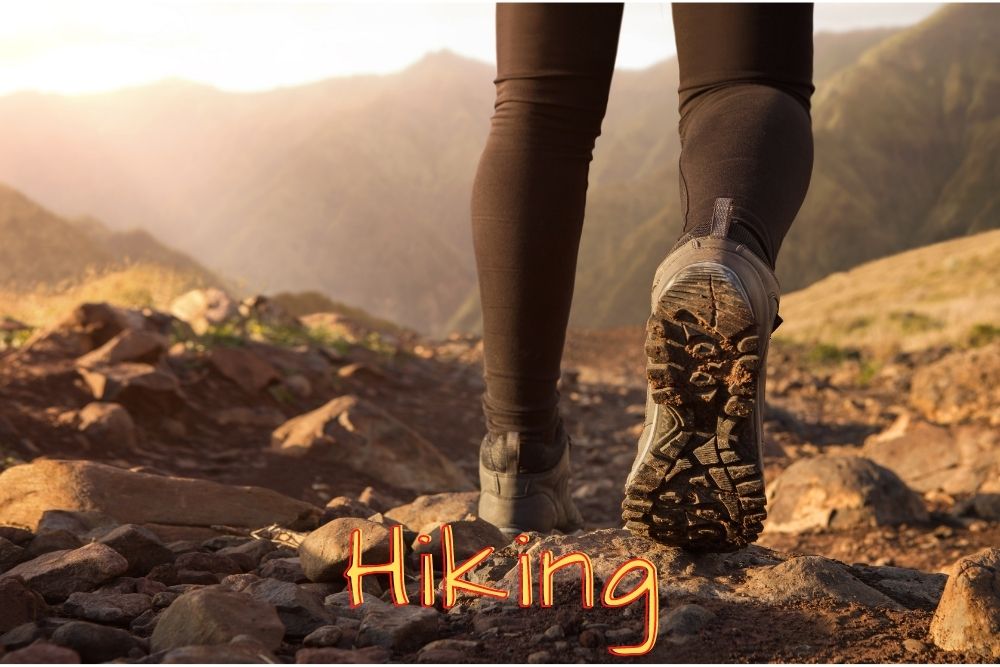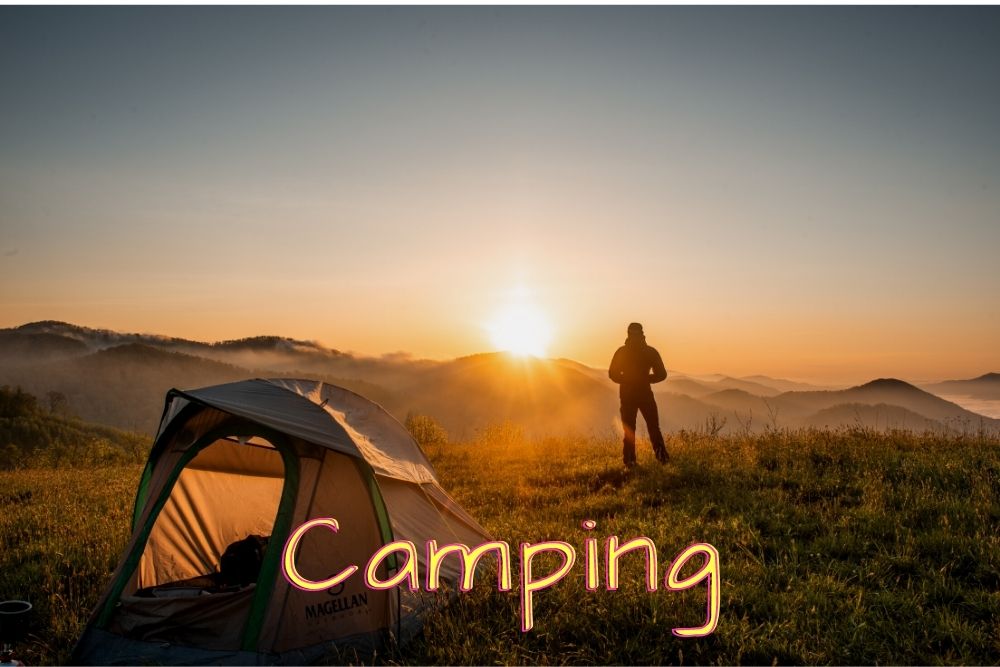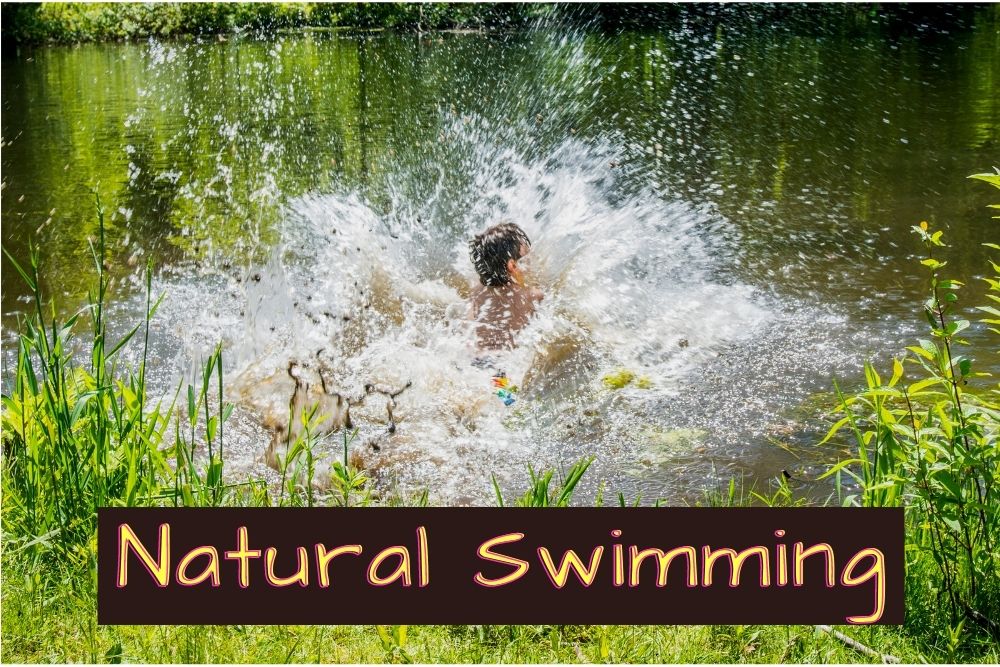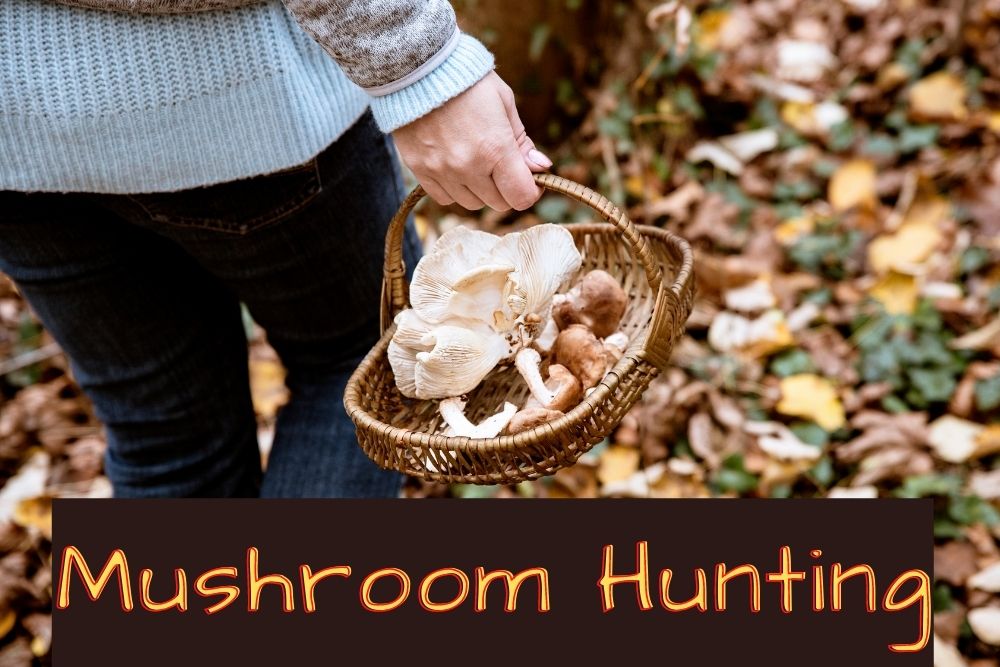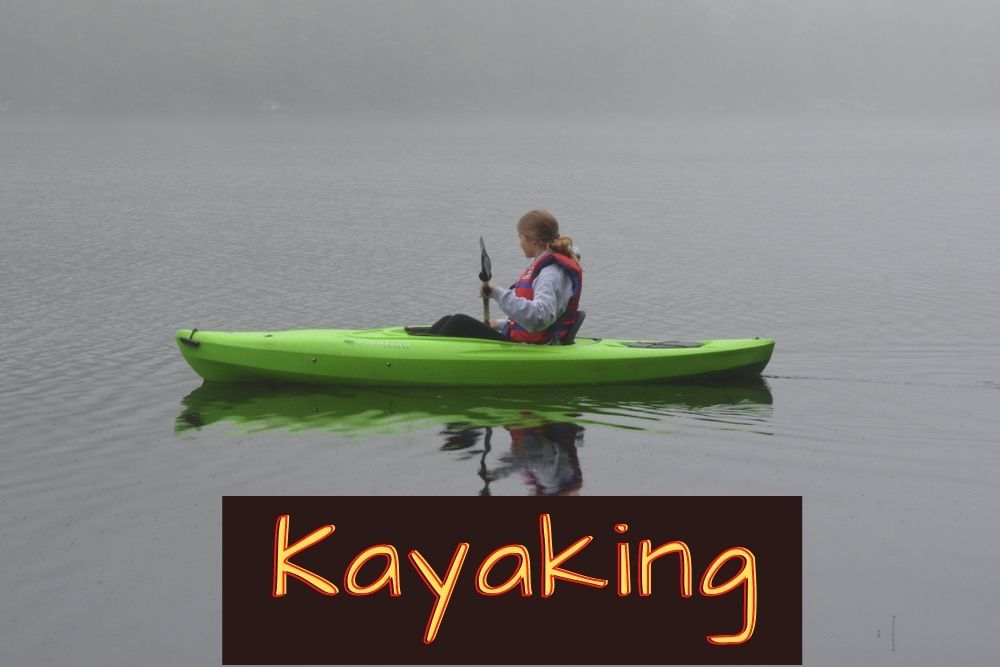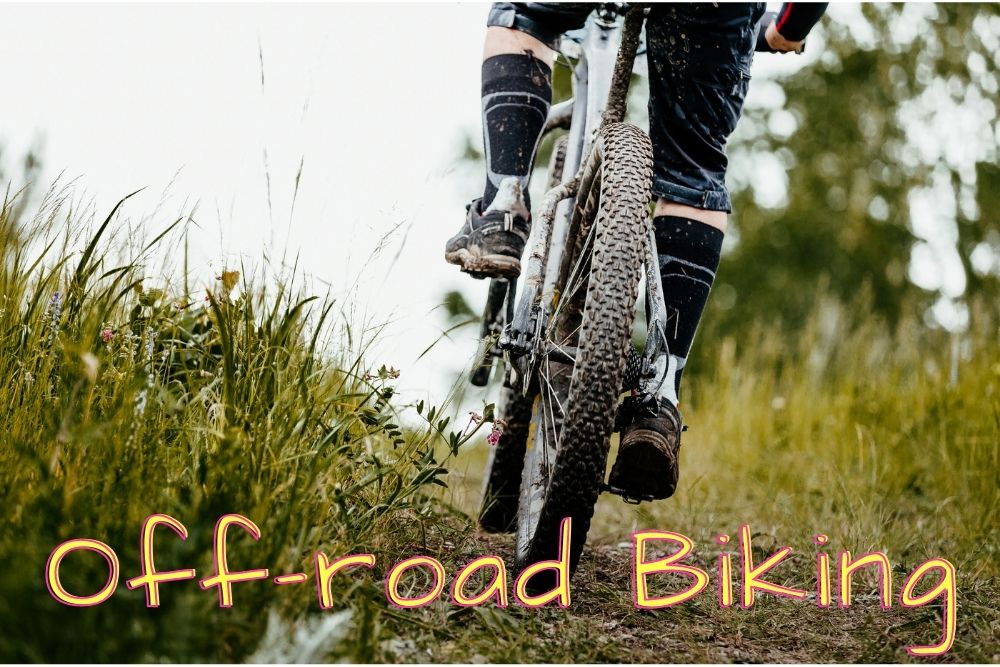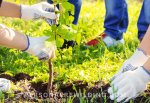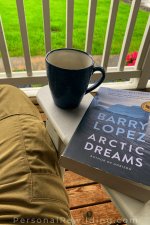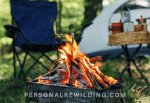- Home
- Connect w/ Nature
How to Connect With Nature
Learning how to connect with nature is perhaps the single most important step in personal rewilding. All the other building blocks – from living simply to sustainable living to finding meaning in your daily life – builds off this foundation.
For most people, this is a reconnection. Children inherit a deep connection with nature. Think of the sense of wonder and awe a child carries into each moment. Building cloud-castles in the sky, tasting fruit, collecting tadpoles, dancing in the wind.
Most of us lose that acute sense of the natural world as we age. We grow more entangled in technology, societal expectations, the grind of daily life. We grow away from real treasure to hunt for fool’s gold.
"There is new life in the soil for every man. There is healing in the trees for tired minds and for our overburdened spirits, there is strength in the hills, if only we will lift up our eyes. Remember that nature is your great restorer."
-Calvin Coolidge
Experience the Outdoors
The only effective way to connect with nature is to experience it. Immerse yourself in the woods, in your yard, in the wetlands, on the lake front, on your bike, on the mountain trail, at the local park, or on a blanket in the shade of a tree.
Practice attention to the moment. Mindfulness and attention to the small details around you is an art that requires practice to relearn.
We are so used to multi-tasking and mulling over our lives that we miss the details of real importance. The scents of the season; the chill of rain on your skin; the play of dappled light in the woods. The sensations that whisper “you are alive”.
It starts with small choices, like having your morning coffee outside on your porch instead of indoors. Or choosing to walk in the park instead of walking at the gym.
The how and the where matter less than the why.
Do it because your mind and body, like a plant, needs sunlight and fresh outdoor air. The need is built into our DNA.
Do it because your spirit recognizes the affinity – and the desire – for greenery and wind and the smell of rain.
You will find that the more natural experience your mind and body receives, the more it craves. Connection with the natural world carries countless benefits – from weight loss and lowered blood pressure to reducing stress and anxiety.
You don't have to take my word for it for it, Harvard Medical School agrees.
Do you want more inspiration or ideas on how to connect with nature? Have a glance at our 50 connect with nature quotes to get insight and wisdom from great writers, thinkers, and naturalists.
"Nature soothes us. Nature heals us, and something more, the woods are a place of power."
-Frederick Lenz
Back to the Earth
For the entire history of humankind, we have been tied to the earth. Our thoughts, stories, myths, rituals, and labors have gone into its nurture. The cycles of nature – the seasons, the migrations of animals, the interconnectedness of plants – have been at the center of our existence.
Only in the last century has this changed. Mechanized farming, big agriculture, bio-engineering, and chemical fertilizers have been among the many alterations that have changed the food supply chain.
This has had wide-ranging effects, some of them viewed as necessary to feed an ever-growing global population. But a largely harmful side-effect of all this change has been to remove a vital link between humankind and the earth.
What connection does a person have to a store-bought peach? Or to a salad washed, chopped, mixed, and bagged at a facility thousands of miles from home and delivered to their doorstep?
As a culture, without a connection with nature, we become short-sighted. We lose the sanctity of our interconnectedness with the natural world and find little pain in the irreparable damage that our modern lifestyles are doing to the environment.
The British filmmaker and activist David Attenborough said: “If people lose knowledge, sympathy and understanding of the natural world, they’re going to mistreat it and will not ask their politicians to care for it.”
When we lose our own connection, we do not teach our children to value or protect the Earth. We do not hold our households, our businesses, or our governments to standards that protect our planet.
We remove forests and prairies and wetlands and replace them with new shopping centers, urban sprawl, and vast acres of monoculture farmland. We pillage the earth of natural resources in the name of “progress” and replace it with our wastes.
A person need not be an environmental scientist to see that our current rate of “progress” is unsustainable for the single, irreplaceable Earth we have.
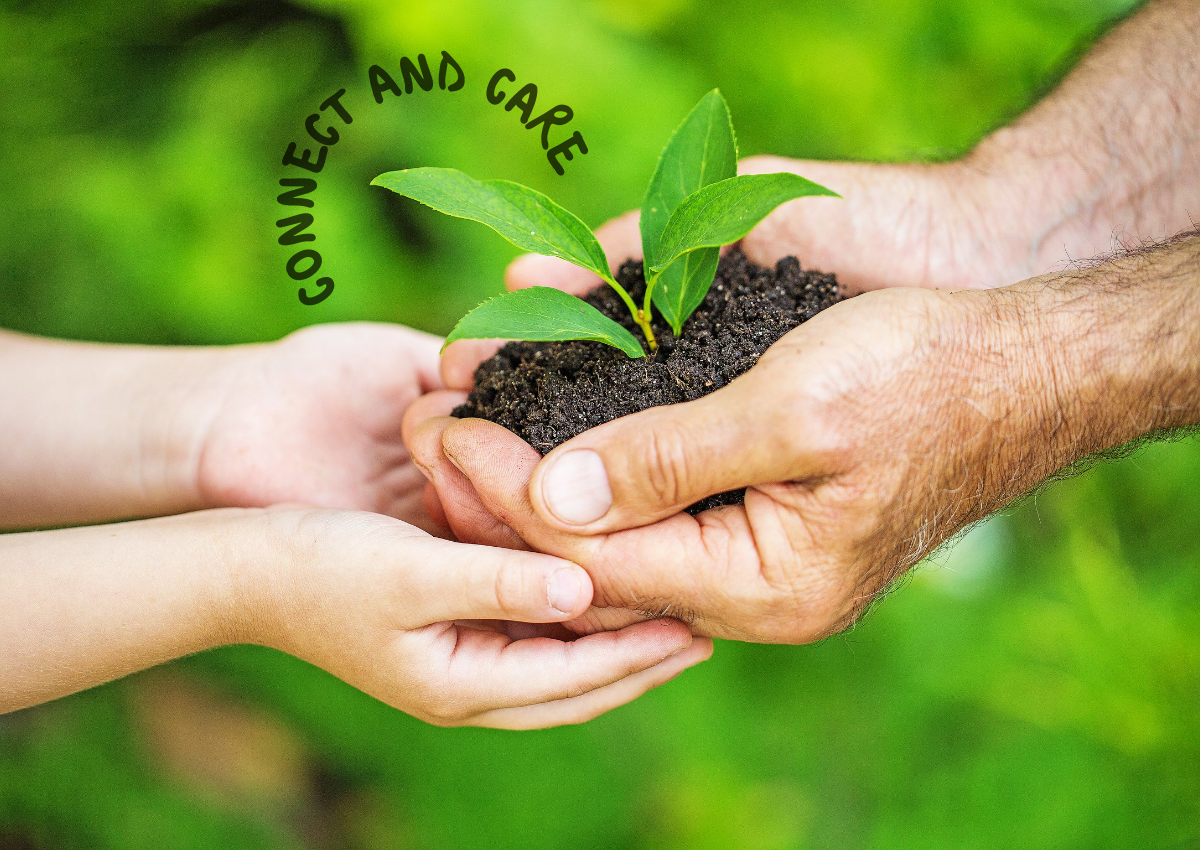
Ways to Connect with Nature
There are countless ways to connect with nature, and we’ll discuss many of them here. This is by no means an exhaustive list, but the sort of activities you can introduce into your daily life to get back not just to nature herself, but to your own human nature.
Many of these methods of connection carry various benefits with them – physical, psychological, and spiritual.
Outdoor Activities
Follow any of the links above to see more details and ideas on these activities, and how they can help you find connection with the earth. Each has their own benefits and challenges.
Walking in nature, for example, can be done by almost anyone, regardless of age and physical condition. As an easy to moderate activity, it leaves space for reflection and the ability to be in the moment and notice the details of your surroundings.
Hiking is a step beyond that, going off of the paved paths and into the wildernesses, and requiring more effort while providing even greater rewards.
Camping in nature is an opportunity to fully immerse yourself in the outdoors, experience adventure, and build relationships with your fellow campers; while backpacking is a combination of hiking and camping.
Trail running and mountain biking require a greater level of fitness and skill as well as higher levels of mental concentration on the activity at hand. They leave less space for wonder and mental connection with nature, but they remain great options for immersing yourself in the outdoors and varying your routine.
A few of these – such as biking or kayaking – require special equipment and so you should consider both the initial expense as well as your ability to transport these items, if necessary, to their places of use.
Consider not only outdoor activities, but variations on these outdoor activities that allow us to connect with nature in a new way or bring a fresh perspective to it. Think of walking in the rain, or walking in the winter, or walking barefoot.
Important Note: Leave No Trace
One very important detail to remember, however you decide to experience or connect with nature, is to follow "Leave No Trace" practices. Leave No Trace is principle that stipulates that you leave nature - whether it is your backyard, a local park, or a wilderness area - as untouched and pristine as you found it. Pack out your waste, leave things as you find them, do not damage or rearrange the local flora and fauna. Find out more about Leave No Trace here.
Outdoor Leisure
Other methods to connect with nature are less physical in nature, but simple activities to be enjoyed in the outdoors.
Consider, for example:
- Taking your morning coffee outside (or tea or other beverage)
- Bird Watching
- Reading Outside
- Picnicking
- Dining Al Fresco
- Relaxing in a hammock
- Listening to music outdoors
- Meditation
- Forest Bathing
- Gathering Berries
- Gathering Wildflowers
- Collecting Rocks
- Collecting Feathers
- Building a Campfire
- Family Time Outdoors – Children
- Volunteer! Give your time, money, or special skills to Environmental Conservation Efforts
Outdoor Creative Activities
Nature can be a catalyst to creativity. Poets, writers, craftsman, painters, and photographers all find inspiration in the outdoors. Take your journal or your camera into nature and allow yourself to capture the moment.
- Landscape or Nature photography
- Wildlife Photography
- Nature Journaling
- Landscape or botanical painting
- Crafting
- Botany
Other Ways to Connect with Nature
As I mentioned before, the single best way to connect with nature is to spend time in it. Pay attention to it. Soak in the sun, wind, rain, and snow.
However, that isn’t always possible. Bad weather, illness, or the long dark hours of winter may keep you indoors for extended periods.
During those times, you can continue to build your connection with nature by learning about it. The more we learn about our world, the more perspective and awe we will have for its incredible complexity. There are numberless ways to learn about the natural world.
- Take a local or online college course in a natural science or art or meditation
- Read a book on natural history, or nature writing, or a novel
- Read poetry
- Watch a nature documentary, or a movie, or a wildlife film
- Immerse yourself in works of art – painting, sculpture, drawing, etc…
- Listen to podcasts or audio courses
- Listen to music – especially indigenous, folk, and classical music that is close to the earth
- Join a local or national restoration or conservation effort
Learn and share your learnings. Talk about what you’ve discovered with your family, with friends, and with co-workers. Share your passion for nature and for the outdoors. Some may brush off your enthusiasm, but others will catch your fire.
- Home
- Connect w/ Nature
